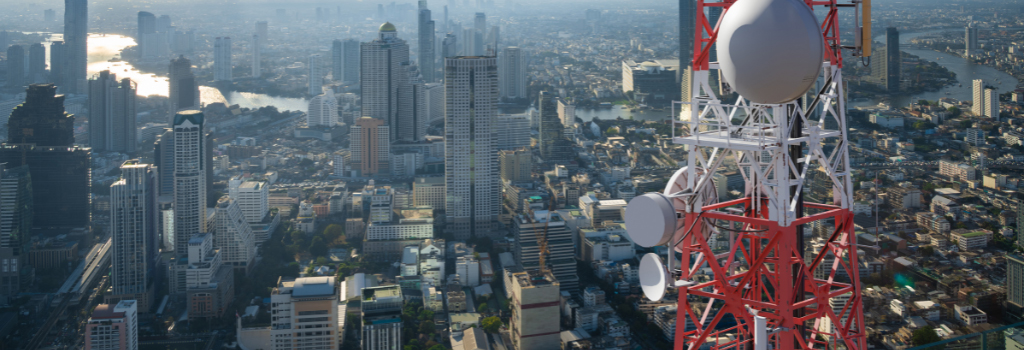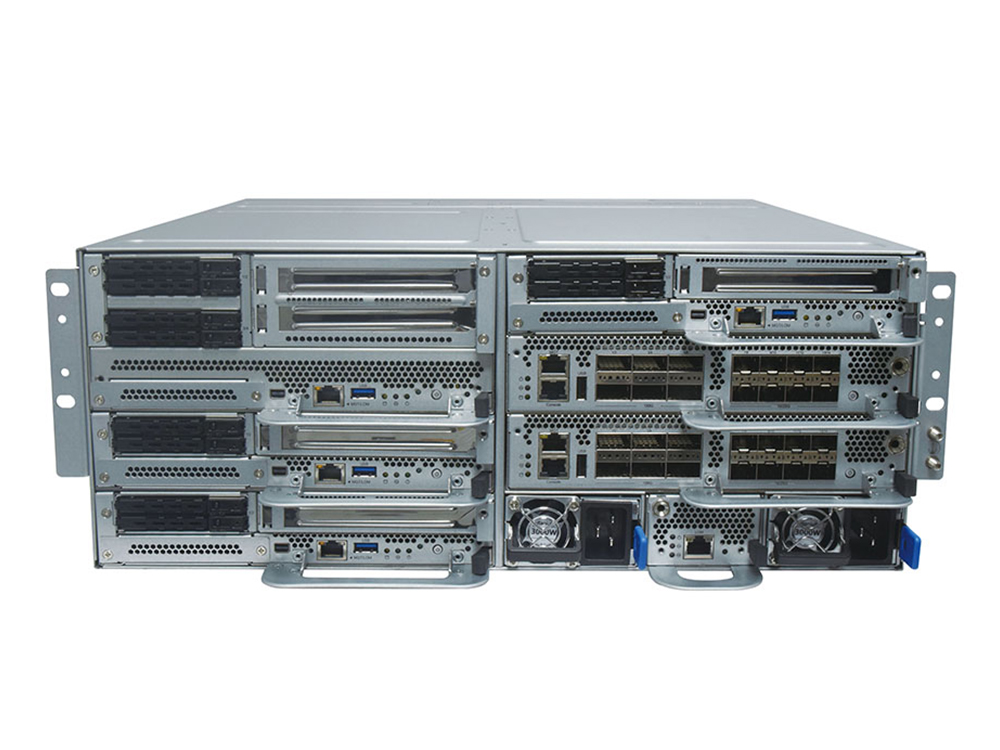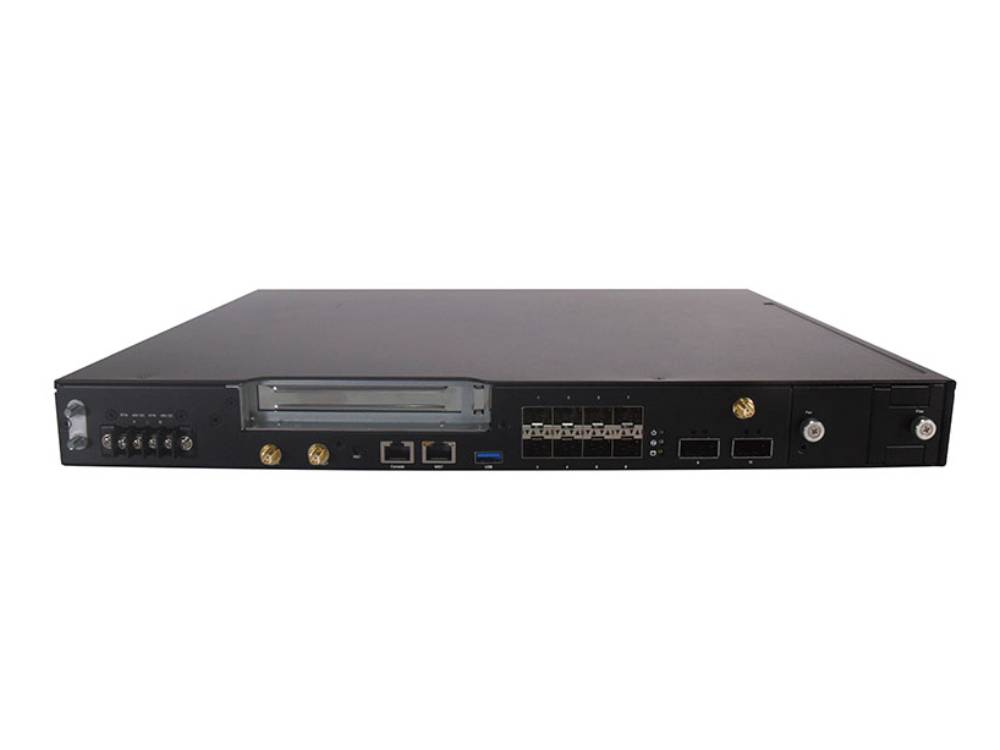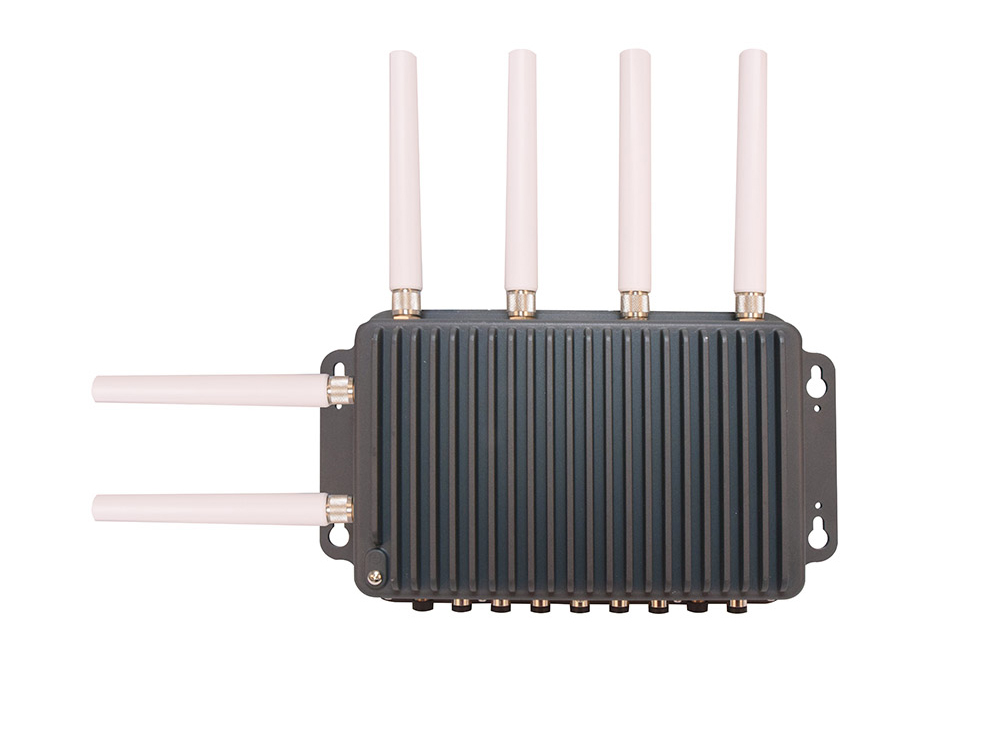Rugged edge computing solutions are specifically developed to withstand the rigors of harsh usage conditions and can achieve a high level of durability by incorporating ruggedized features throughout its entire product design. From the external enclosure to the internal components, every piece of rugged edge network appliance is purpose-built through a combination of mechanical and thermal engineering to address the issues of strong vibrations, extreme temperatures, and wet or dusty situations.
The Need for NEBS-compliant Hardware
While product safety and reliability are core principles of virtually every manufacturer designing equipment for the telecom industry, there is an increasing demand for telecom networks that can tolerate harsh environments and challenging physical conditions including extreme situations. Telecom operators may need to deploy their new 5G RAN and Mobile Edge Compute (MEC) equipment in older centralized buildings without modern temperature and humidity controls; or remote sites or other outdoor environments, making it more challenging to control the physical conditions.
A key feature for hardware that can endure varying and tough physical conditions is NEBS (Network Equipment-Building Practice) compliance. NEBS comprises several guidelines for designing equipment that can be deployed where the operating conditions often are challenging.
Different Levels of NEBS-Compliance
Most Tier 1 telecommunication carrier groups require NEBS Level 3-compliant equipment for their central office and critical infrastructure facilities. There are generally two primary Telcordia Generic Requirements (GRs) that apply: GR-1089-CORE, which covers electromagnetic compatibility, electrical transients, and electrical safety; and GR-63-CORE, which covers physical requirements. NEBS requirements consist of three levels of compliance, each ensuring a different stage of network protection.
- NEBS Level 1, focuses on safety and risk criteria and is the minimum acceptable level of NEBS environmental compatibility needed to preclude hazards and degradation of a network facility and hazards to personnel. Addresses safety measures of the equipment and typically used by service providers for early deployment into their central offices and/or laboratories. Level 1 may undergo tests including fire, electromagnetic emissions, electrical safety, and bonding and grounding.
- NEBS Level 2, includes all requirements of Level 1 with some added level of operability reliability. This assurance of operability is limited to the controlled or normal environments as defined by the criteria. Level 2 may undergo tests including operational thermal (5 to 40 C, 10 to 85% humidity), electromagnetic emissions and immunity, seismic, indoor airborne contaminants, and ESD immunity.
- NEBS Level 3, is the minimum level of NEBS environmental compatibility needed to provide maximum assurance of equipment operability within the network facility environment. Level 3 may undergo tests including operational thermal (-5 to 50 degrees C, 5 to 90% humidity), electromagnetic emissions and immunity, transportation handling, seismic (zone 4), outdoor airborne contaminants, and shock and vibrations. The level 3 criteria provide the highest assurance of product operability, and are designated for critical systems such as telecom networks.
Definition of IP67
IP stands for “Ingress Protection,” indicating how well a product protects against the entrance of solid or liquid particles, mainly dust and water. In all IP ratings, the IP is followed by two digits. The first digit represents how well the device protects against solids, and ranges from 0, meaning no protection against dust and sand, up to 6, meaning 100% protection against dust and sand. The second digit represents how well it protects against liquids in varying volumes, pressures, and temperatures, and ranges from 0 to 9.
IP67 equipment is 100% protected against solid objects like sand and dust, and has been tested to be “protected against short periods of immersion in water while under pressure between 15cm and 1m.” IP67 equipment is the most commonly found in the connectivity market.
Conclusion
As telecom service providers evolve from 4G/LTE to 5G, embracing the usage of open-source software and commercial off-the-shelf (COTS) servers to enable 5G applications that can leverage AI and machine learning, achieving greater automation and better connectivity. Rugged edge computers can bring the processing power, storage, and connectivity closer to the source of data generation, and be deployed in rugged, remote, and mobile locations with mission-critical reliability.
With NEBS Level-3 and IP67 compliance, service providers can implement a complete 5G network infrastructure with highly available and reliable edge equipment, that can be deployed in more demanding environments.
For harsh and rugged environments, Lanner has developed a rugged, outdoor edge server, with an IP67 rating. These complete edge server platforms are designed for extreme environments and support ruggedized outdoor telecom use for both 5G RAN, Smart City, and Edge Computing.









